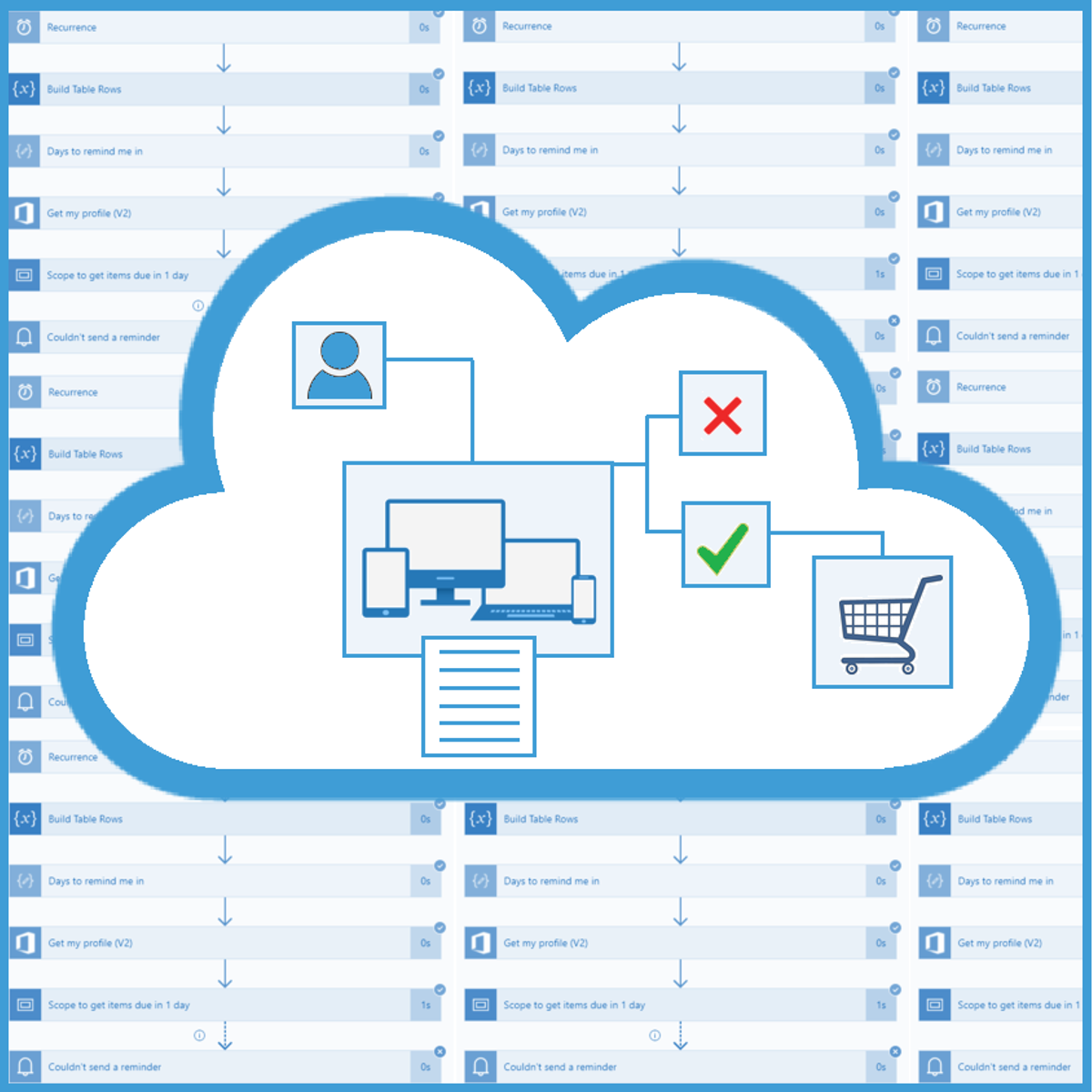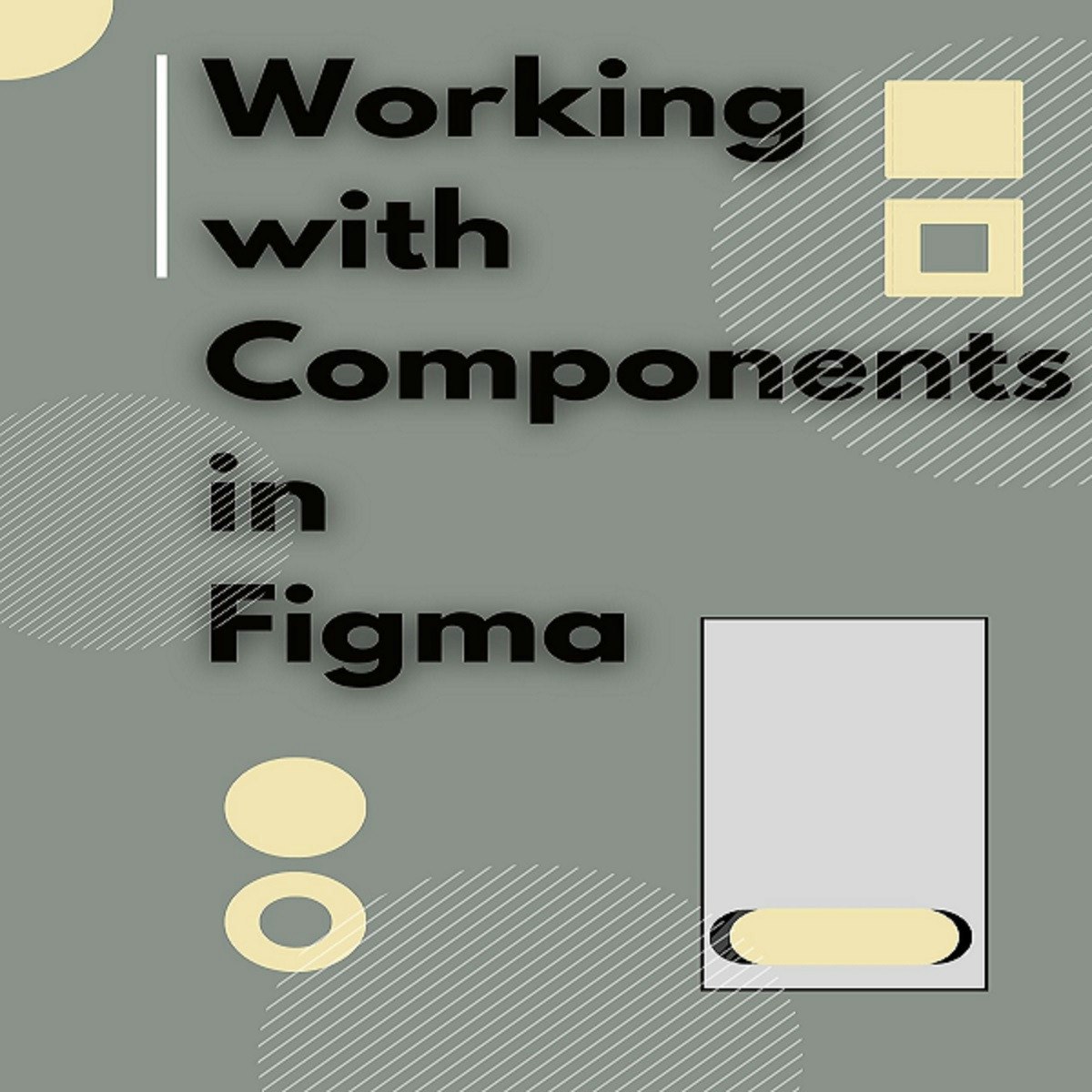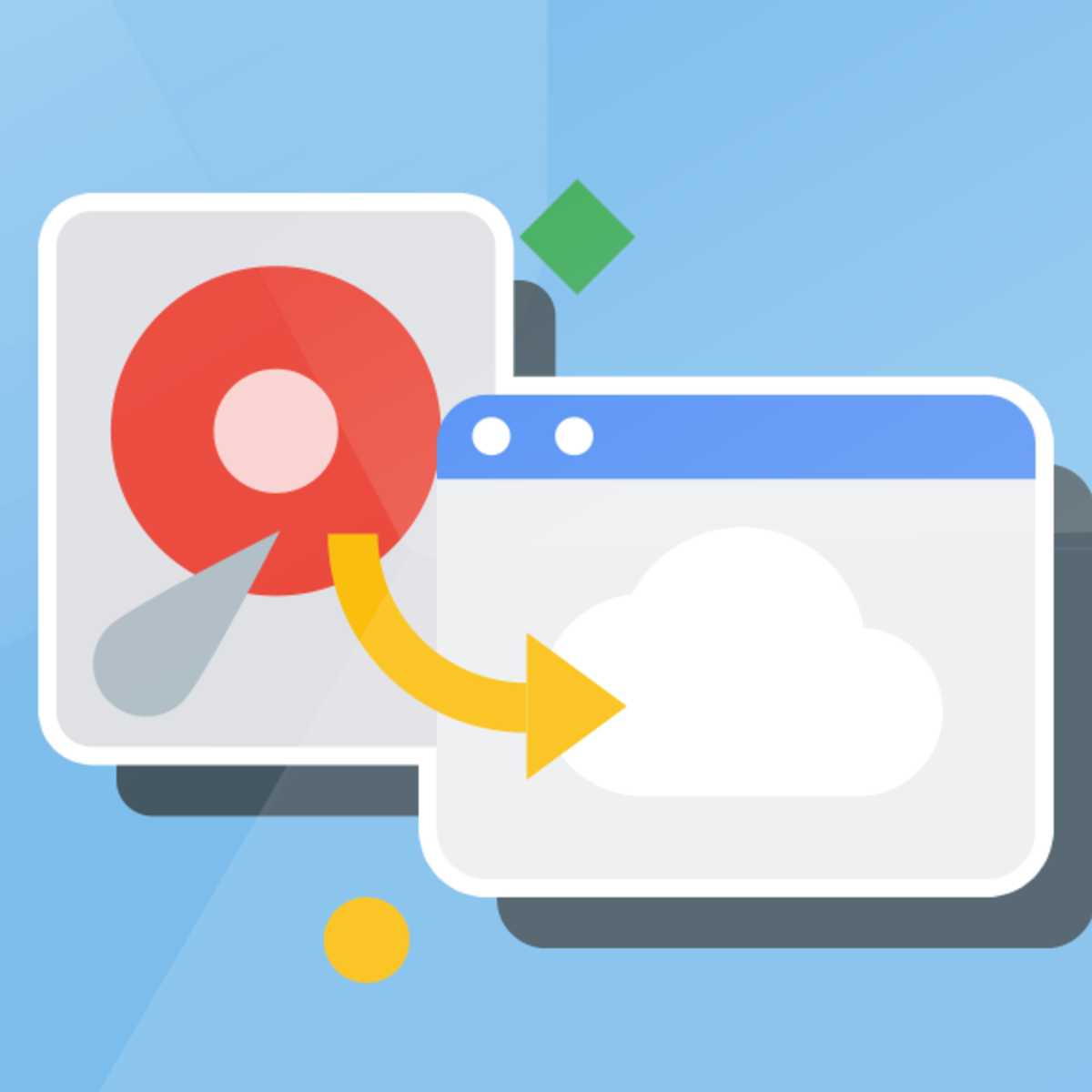Back to Courses









Information Technology Courses - Page 7
Showing results 61-70 of 1471

Automate Equipment Ordering Prep Process with Power Automate
In large companies there are usually many requests for new equipment on a monthly basis, and it takes a lot of steps before an employee gets the wanted piece of equipment. This project can help you turn the boring, repetitive business process into a quick solution with just a few clicks.
In this 1-hour long guided project, you will learn to create a SharePoint list and set up Power Automate flows for the following process: when an employee of your imaginary company wants a new piece of equipment, they will create a request in SharePoint and if it exceeds a certain amount of money, the general manager must approve it. At the end of the month, all requests are collected into an HTML table and sent via email to the department in charge of ordering the equipment, and the person who made the request receives an email that their request has been approved and the equipment will be ordered.
Since this project uses SharePoint (an Office 365 service) and Power Automate (part of the Microsoft Power Platform), you will need access to a Microsoft account and a Microsoft 365 Developer Program subscription. In the video at the beginning of the project you will be given instructions on how to sign up for both.
Let’s get started with automating manual, time-consuming business processes!

Introduction to Convolutions with TensorFlow
This is a self-paced lab that takes place in the Google Cloud console. A convolution is a filter that passes over an image, processes it, and extracts features that show a commonality in the image. In this lab you'll see how they work, and try processing an image to extract features from it! You also explore pooling, which compresses your image and further emphasizes the features.

Exploratory Data Analysis Using AI Platform
This is a self-paced lab that takes place in the Google Cloud console. Learn the process of analyzing a data set stored in BigQuery using AI Platform to perform queries and present the data using various statistical plotting techniques.

Troubleshooting and Solving Data Join Pitfalls
This is a self-paced lab that takes place in the Google Cloud console. This lab focuses on how to reverse-engineer the relationships between data tables and the pitfalls to avoid when joining them together.

Getting Started with MongoDB Atlas on Google Cloud
This is a self-paced lab that takes place in the Google Cloud console. In this lab, you will provision a MongoDB Atlas cluster, create a database and set up App Services GraphQL API.

Work with Components in Figma
Components are popular in engineering and used for building user interfaces and games. Components are elements that you can use in designs when working with Figma. They help to make your projects have consistency. Adding the concept of components to a design tool makes the composition of complex designs more consistent and efficient. The great part of components in Figma is that Figma wants to make components easy to learn and use while still being powerful enough for advanced users. Learning about components will help you to build things faster and more consistently. By the end of this project you will be able to manipulate components in your projects easier.

Migrating to Google Cloud
This course introduces participants to the strategies to migrate from a source environment to Google Cloud. Participants are introduced to Google Cloud's fundamental concepts and more in depth topics, like creating virtual machines, configuring networks and managing access and identities. The course then covers the installation and migration process of Migrate for Compute Engine, including special features like test clones and wave migrations.

Aggregate Data in SQL using MySQL Workbench
In this project you will use MySQL Workbench to write SQL queries that aggregate (group) data. Incorporating aggregate functions like COUNT, SUM, and AVG, your SQL queries will group and summarize data. Data that is aggregated and presented in a logical format makes it a more valuable decision-making tool for users.
Note: This course works best for learners who are based in the North America region. We’re currently working on providing the same experience in other regions.

Introduction to Networking and Storage
Designed for beginners, this course is for anyone new to networking and storage. Kickstart an IT Support role or network technician role, or enhance your base knowledge for system administration.
Videos, practice activities, and virtual hands-on labs will help you develop and apply the skills you need to diagnose and repair basic networking and storage issues so you can keep users connected.
you'll learn about network types, topologies, and models, see how data travels across a network, and discover how protocols and standards enable all network activity. Then, you’ll learn how to set up and configure devices and cables for both wired and wireless networks.
And then you’ll learn to diagnose and troubleshoot network connectivity issues and discover how to use command line utilities and network tools in Windows Settings. After that, you’ll identify different types of storage drives and discover the difference between short-term and long-term memory. Lastly, you’ll find out the features of local, offsite, and cloud storage and when to use each. And you’ll investigate file, block, and object storage and work out which cloud provider solutions work best for different networking scenarios.

Compute Engine: Qwik Start - Windows
This is a self-paced lab that takes place in the Google Cloud console. Google Compute Engine lets you create and run virtual machines on Google infrastructure. In this lab you create a Windows Server instance in the Google Compute Engine and access it with RDP. Watch a short preview, Launch a Windows Server Instance, GCP Essentials.
Popular Internships and Jobs by Categories
Find Jobs & Internships
Browse
© 2024 BoostGrad | All rights reserved